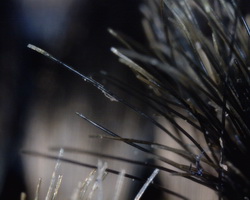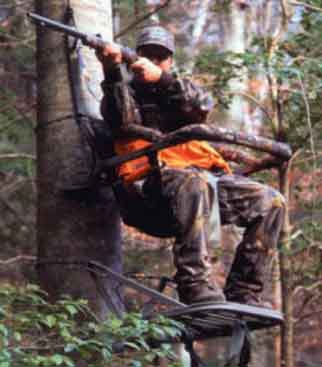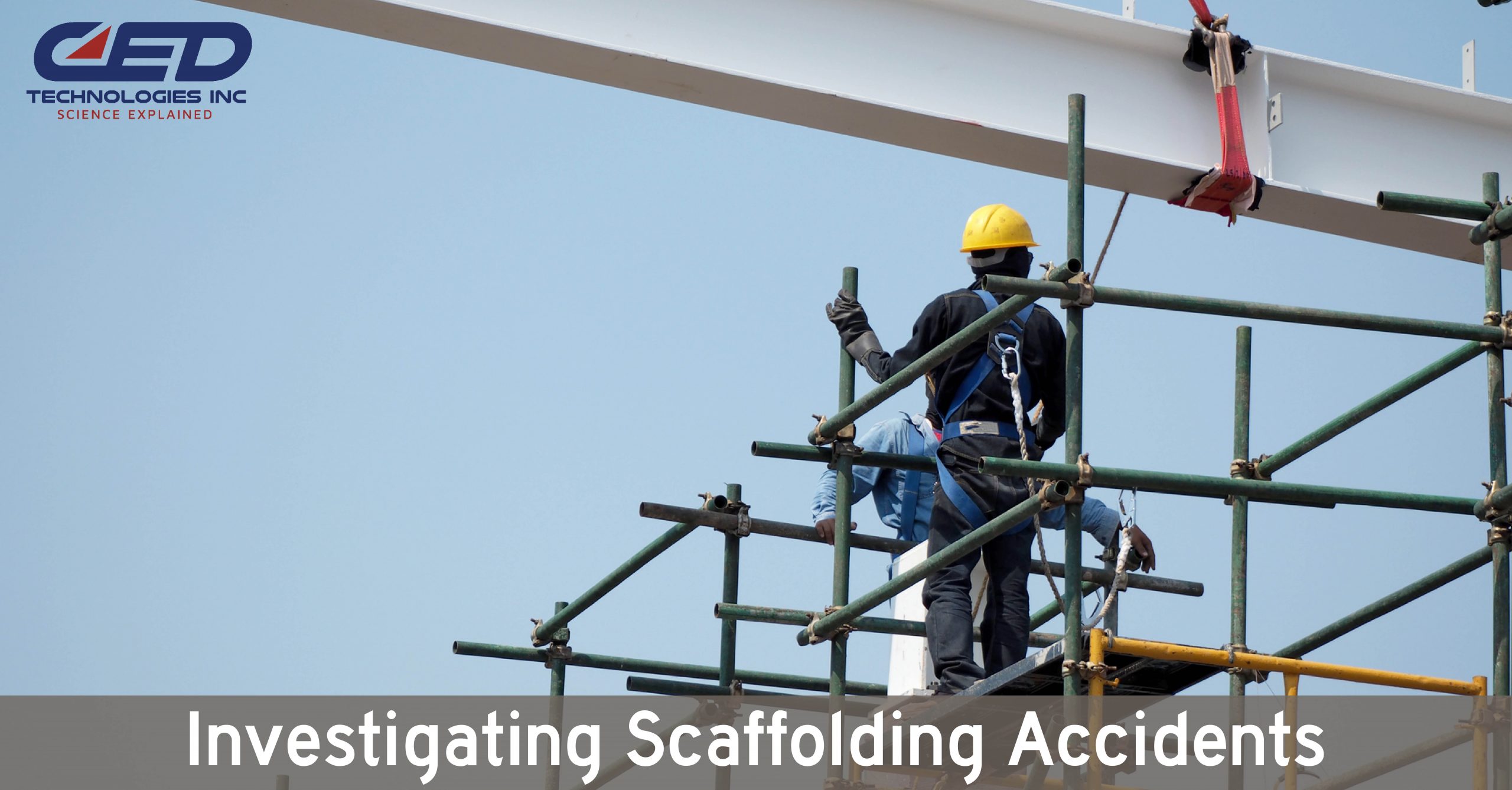
Micro-Photographic Analysis Tells the Real Story
On the Scene E-Newsletter, Edition 155, February 23, 2012
 Safety harnesses/safety lanyards are used to secure a person from falling from a platform or construction scaffolding. They are required to be worn in many activities ranging from construction work sites to hunters’ tree stands. Typically, these harnesses and lanyards are constructed from nylon material. Safety lanyards are typically several feet long, and serve as a ‘fall arrest’ device. CED was retained to investigate a nylon safety strap that failed and allowed a man to fall 20+ feet and sustain serious injury.
Safety harnesses/safety lanyards are used to secure a person from falling from a platform or construction scaffolding. They are required to be worn in many activities ranging from construction work sites to hunters’ tree stands. Typically, these harnesses and lanyards are constructed from nylon material. Safety lanyards are typically several feet long, and serve as a ‘fall arrest’ device. CED was retained to investigate a nylon safety strap that failed and allowed a man to fall 20+ feet and sustain serious injury.
CED was given the failed safety harness strap and allowed to conduct non-destructive testing. At first glance, the strap failed because the stitching gave way and did not support the force for which it was designed. CED forensic engineers are retained to NOT be satisfied with obvious conclusions. They are employed to be curious and investigate possible contributing factors. On this particular matter, the engineer took a series of photographs ranging from macro (normal) to micro (microscopic) views to help fully understand the nature of the failure. The investigative process and pictures helped the engineer follow the evidence to contributing factors which caused failure.
Through visual microscopy of the strap, it was possible to determine that stitching at a sewn loop failed, causing the ultimate failure of the strap. The pictures tell the story; undamaged fibers are black and at the failure location are faded to light grey. This color difference results from the sun exposure (ultra violet light) and weathering effects when a strap is outside for excessive durations of time, which leads to weakening of the normal strength of the fibers. Upon further examination of the strap, CED was able to capture the protective nature of stitching where stitching fibers covered and protected underlying undamaged (black) areas. This led CED to conclude that the strap failed because fibers of stitching failed, which led to the failure of the strap and supported opinion that the strap was not maintained properly and allowed to receive excessive wear and tear due to outdoor weathering exposure.
Based on these opinions, the next direction of liability was to focus on appropriate standard of care and maintenance of the safety harness strap; specifically not allowing the strap to be stored in an outdoor environment. Obviously, this took the claim in a different direction than the original allegation from the strap not being designed or manufactured properly to support the injured in his activity. To find out more about how CED engineers follow the evidence and perform forensic engineering, call 800.780.4221 today to speak with an engineer about your case or claim.






